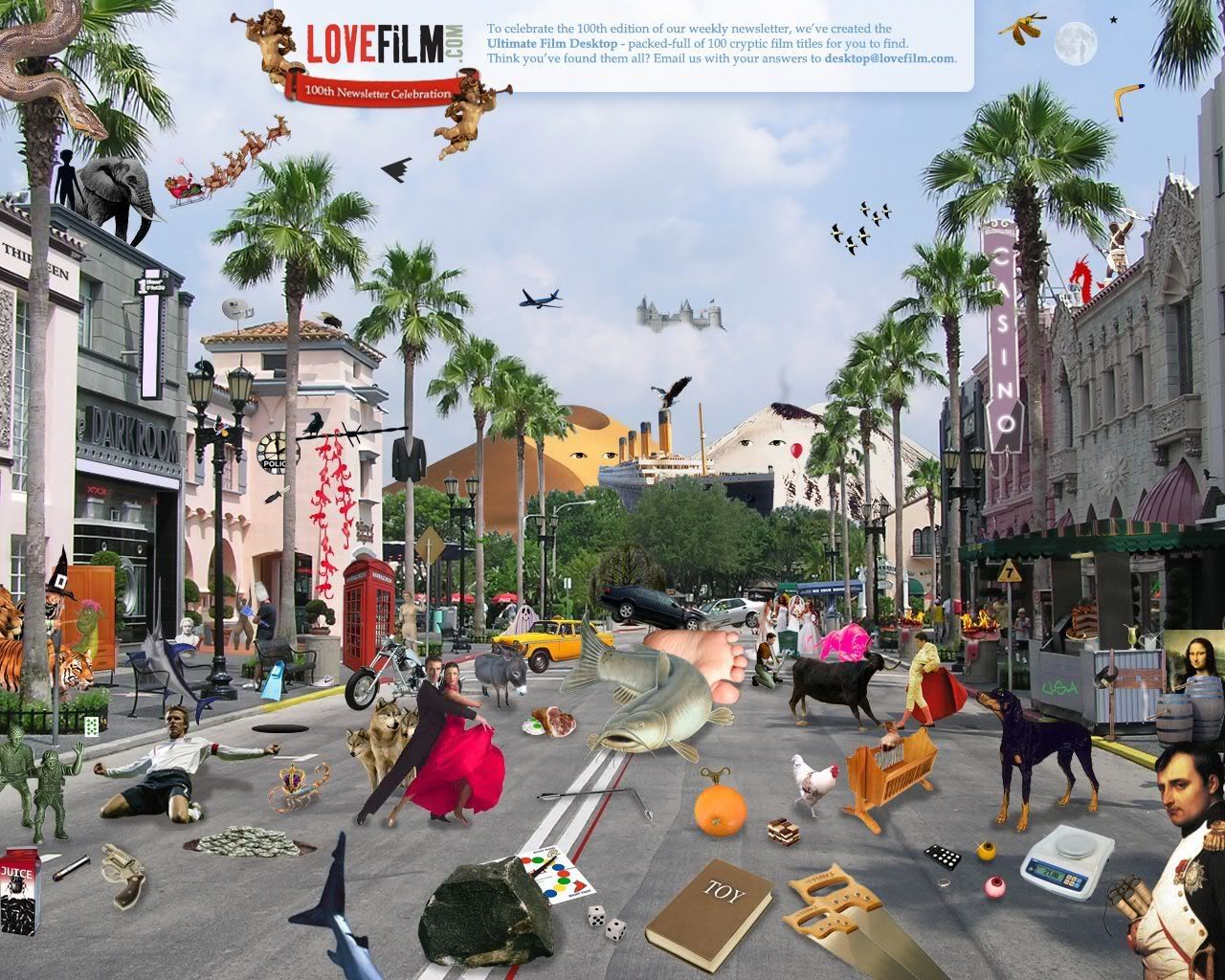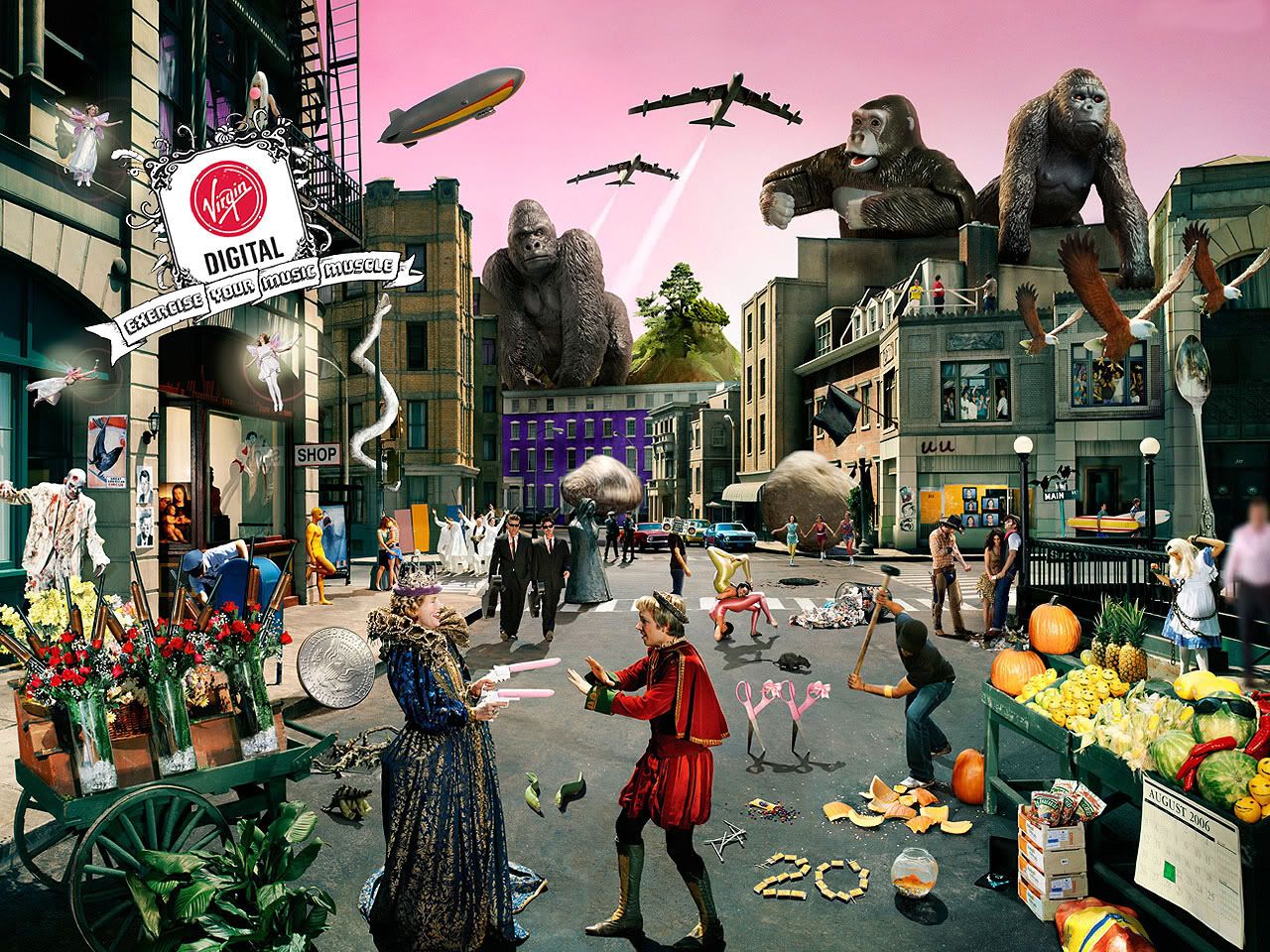 Film Genres
Film GenresThe profit motive driving Hollywood studios leads producers to repeat, with some variation, formulas that prove financially successful. This practice has led to the establishment of familiar categories of films, known as genres, some of which are first developed in literature and then adapted for the screen. Some genres, like the western and the screwball comedy, are quintessentially American, while others, like the musical and the melodrama, are popular around the world.
Genre Theory
As audiences become acquainted with particular genres, they come to expect a specific type of viewing experience from films of that genre.
Genres typically have a life cycle, progressing from uncertain beginnings to stable maturity and parodic decline.
Though generic similarities between films have existed since the beginning of cinema, it was the advent of semiotics and structuralism that gave scholars a sophisticated methodology with which to analyze film genre (see Film Theory).
Jim Kitses defined genre in terms of structuring oppositions, such as the wilderness-civilization binary found in westerns.
Rick Altman divided genre into the semantic (iconographic elements such as the cowboy hat) and the syntactic (structural and symbolic meanings).
Recent genre theory has emphasized the postmodern mutation of genres toward hybridity and reflexivity .
The horror film is organized by the division between self and other, which can be defined in sociopolitical or psychoanalytic terms. The emblematic figure of the genre is the monster. Monsters such as vampires and zombies often straddle (and therefore unsettle) binary oppositions that are used to define human existence, such as life/death, man/woman, domestic/foreign, and healthy/degenerate. While exemplary horror films, such as James Whale’s Frankenstein (1931), portray the psychology of the monster sensitively, most cast the monster into abjection, expelling it from the world of the narrative in order to restore order and normalcy. More than any other genre, horror is defined by its effect on audiences, who expect to be frightened, shocked, or disgusted.
German expressionism provided the silent period’s greatest horror films, such as F. W. Murnau’s Nosferatu (1922). Classical Hollywood films, such as Jacques Tourneur’s Cat People (1942), used offscreen sound, character reaction, and shadows to evoke a monstrous presence without violating the Production Code (see Classical Period).
American independent films such as George Romero’s The Night of the Living Dead (1968) and Larry Cohen’s It’s Alive (1974) combined horror conventions with social and political analysis.
Roman Polanski’s Rosemary’s Baby (1968) and William Friedkin’s The Exorcist (1973) accorded the horror genre mainstream respectability.
In the late 1970s and 1980s, teenage horror subgenres like the slasher film, as in John Carpenter’s Halloween series, introduced the genre to a new generation.
Some of the most innovative horror films of recent years have been made in East Asia, such as Hideo Nakata’s Ringu (1998) and Miike Takashi’s The Audition (1999).








No comments:
Post a Comment